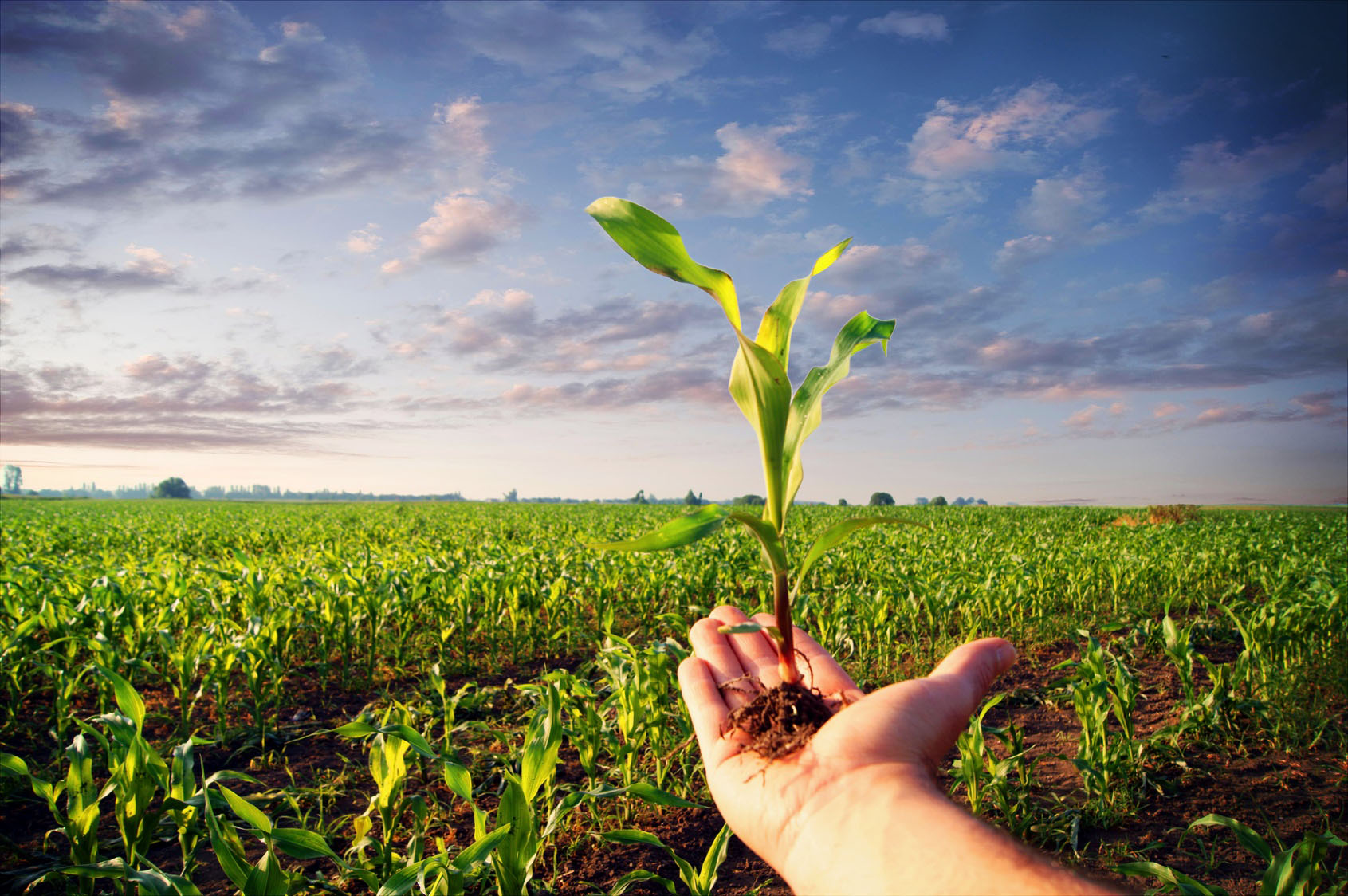
Agriculture Farming Practices have become a buzzword in recent years and for a good reason. As the global population continues to grow, our food production methods must adapt to meet the increasing demand while also safeguarding our environment for future generations. Sustainable agriculture is the answer to this pressing challenge, and it’s a topic that should amaze you with its innovative and eco-friendly practices.
Sustainable agriculture is not just a concept; it’s a way of life for farmers who understand the importance of preserving our planet while providing nourishment to the world. In this article, we will delve into some sustainable agriculture practices that will truly astonish you.
Crop Rotation: A Natural Symphony
One of the cornerstones of Agriculture Farming Practices is crop rotation. This practice involves changing the type of crop grown in a specific field each season. The beauty of this technique is that it naturally enhances soil fertility and minimizes the need for chemical fertilizers. It prevents soil depletion and reduces the risk of pests and diseases, all while increasing the overall yield. Imagine a symphony of nature where every instrument plays its part in harmony.
Precision Farming: High-Tech Meets Agriculture
Modern technology plays a pivotal role in sustainable farming. Precision farming combines GPS, soil scanning, and data management to optimize the use of resources like water and fertilizers. This approach not only maximizes crop yields but also reduces waste, making it a truly amazing feat of science. Imagine a farmer managing acres of land with the precision of a surgeon.
Agroforestry: Where Trees and Crops Coexist
Agroforestry is the practice of growing trees and crops together, creating a harmonious ecosystem. Trees provide shade and shelter for crops, which reduces the need for artificial irrigation and pesticides. They also improve soil health and sequester carbon, contributing to a healthier planet. Picture a field where crops and trees coexist, each supporting the other in perfect balance.
Cover Crops: Nature’s Blanket
Cover crops are a sustainable farmer’s secret weapon. They are grown primarily not for harvest but to cover the soil between crop rotations. These “green manures” help prevent soil erosion, suppress weeds, and improve soil quality. They also add nutrients back into the soil, reducing the need for synthetic fertilizers. Think of them as nature’s protective blanket for the earth.
No-Till Farming: Protecting the Soil’s Skin
Conventional farming often involves plowing the soil before planting, which disrupts its structure and exposes it to erosion. No-till farming, as the name suggests, eliminates this practice. Farmers plant directly into the untilled soil, preserving its natural integrity. It reduces soil erosion and water runoff, conserving resources and maintaining a healthier environment.
Integrated Pest Management: A Natural Defense
Sustainable Agriculture Farming Practices don’t rely on harsh chemicals to control pests. Instead, they adopt Integrated Pest Management (IPM) strategies. IPM combines biological, physical, and chemical methods to manage pests in a way that is eco-friendly and safe for human consumption. It’s a marvel of science that shows we can coexist with nature without causing harm.
Drip Irrigation: Watering with Precision
Water is a precious resource, and sustainable agriculture is acutely aware of that fact. Drip irrigation systems deliver water directly to the plant’s roots, minimizing wastage. This method not only conserves water but also enhances crop growth and yield. It’s a testament to human ingenuity in ensuring water is used efficiently in agriculture.
Community-Supported Agriculture: Connecting Farmers and Consumers
Community-supported agriculture (CSA) is a wonderful initiative that bridges the gap between farmers and consumers. In a CSA, individuals or families subscribe to receive a share of the farm’s produce. This not only provides farmers with a stable income but also allows consumers to enjoy fresh, locally-grown produce. It’s a heartwarming connection that benefits both the growers and those who appreciate the fruits of their labor.
Regenerative Agriculture: Healing the Earth
Regenerative agriculture goes beyond sustainability by actively working to restore the health of our planet. It focuses on soil health, biodiversity, and carbon sequestration. By adopting regenerative practices, farmers aim to leave the land better than they found it. It’s a noble mission that deserves applause for its commitment to healing the earth.
The Future of Farming: A Green Revolution
As you can see, sustainable Agriculture Farming Practices are both innovative and essential for our future. They amaze us not only with their eco-friendly approach but also with their remarkable results. These practices are a glimpse into the future of farming, where the field-to-table journey is not only about food but also about preserving the planet.
In a world facing numerous environmental challenges, sustainable agriculture practices offer hope. They prove that we can meet the demands of a growing population without compromising the earth’s health. It’s a green revolution that promises a brighter, more sustainable future for all of us.
For More Info: Sustainable Furniture


